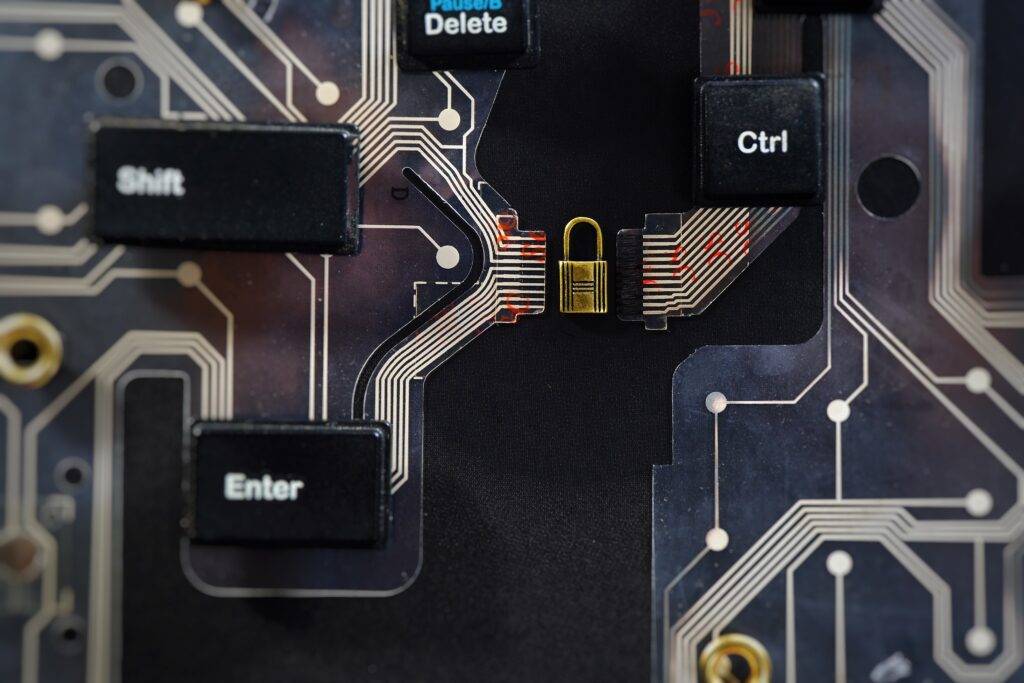In our increasingly interconnected world, the Internet of Things (IoT) has revolutionised the way we live and work. From smart homes and wearable devices to industrial automation and critical infrastructure, IoT has brought unparalleled convenience and efficiency. However, this interconnectedness also exposes us to a complex and evolving cyber threat landscape. As we venture deeper into the digital age, it’s crucial to understand and address the challenges that come with securing the IoT ecosystem.
Challenges in Securing the IoT Ecosystem
- Diverse Attack Vectors: The IoT ecosystem encompasses a wide range of devices, each with its own vulnerabilities. Hackers can exploit these vulnerabilities to gain unauthorised access to devices, compromise data, and even launch attacks on larger networks.
- Botnets and Amplification Attacks: IoT devices have been increasingly targeted to create powerful botnets. These attacks overwhelm target systems with an enormous volume of traffic, disrupting services and causing significant financial and reputational damage.
- Data Privacy Concerns: IoT devices collect vast amounts of personal and sensitive data, raising significant privacy concerns. Ensuring end-to-end encryption, proper access controls, and transparent data handling practices is essential to safeguard user privacy.
- Supply Chain Vulnerabilities: The global nature of IoT supply chains introduces vulnerabilities at various stages of development and distribution.
- Patch Management Challenges: Updating IoT devices with security patches can be challenging, leaving many devices exposed to known exploits.
- Lack of Standardisation: The absence of a unified security standard for IoT devices has led to inconsistencies in security measures across manufacturers.
- Insider Threats: Insider threats within organisations can also extend to IoT devices.
- Regulatory and Compliance Challenges: Navigating the complex landscape of IoT security regulations and compliance standards can be daunting.
Strengthening the IoT Security
Mitigating the evolving cyber threats in the IoT landscape requires a multi-faceted approach:
- Security by Design: Manufacturers should prioritise security during the device design phase.
- Regular Updates: Timely patching and updates to address vulnerabilities are crucial.
- Network Segmentation: Isolating IoT devices from critical business systems can contain potential breaches.
- User Education: Educating users about the risks of IoT devices can empower them to take an active role in their security.
- Collaboration: Governments, industries, and security researchers must collaborate to establish comprehensive security standards and share threat intelligence.
Conclusion
As IoT continues to expand its reach into our lives, the importance of a robust security framework cannot be overstated. By acknowledging the challenges and adopting proactive measures, we can harness the benefits of IoT while minimising its potential risks. Only through a collective effort can we navigate the evolving cyber threat landscape and ensure a safer digital future.




